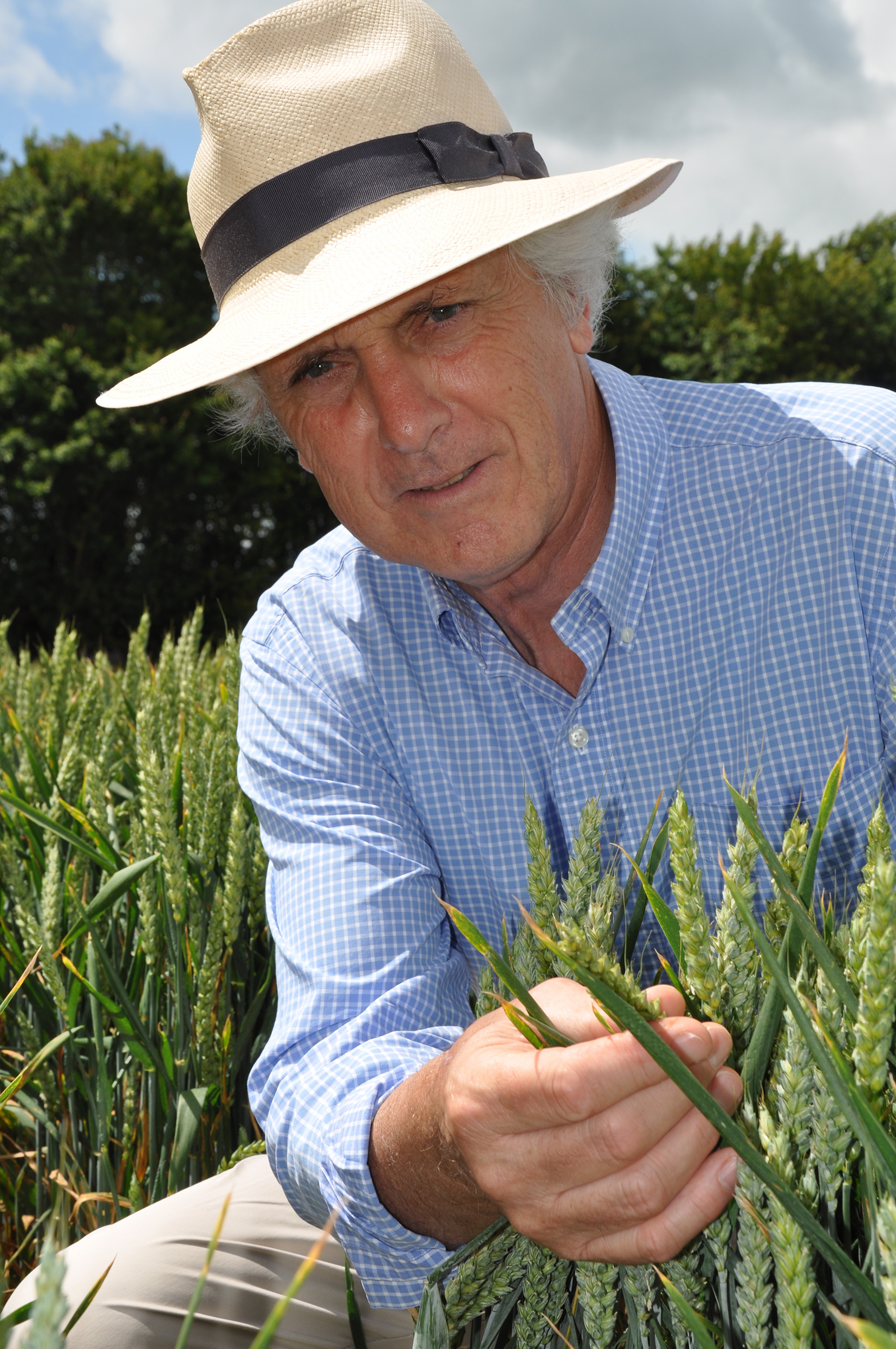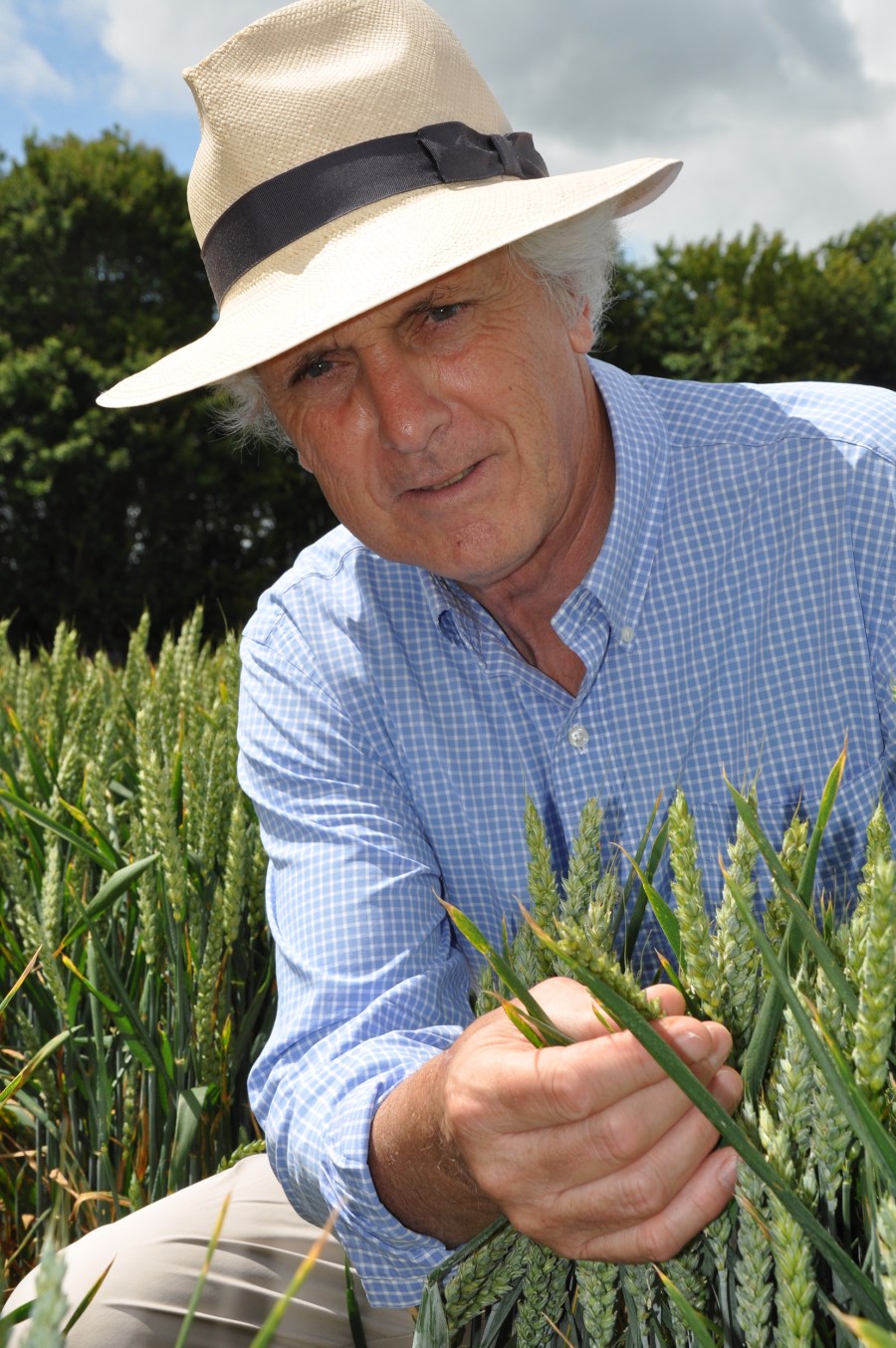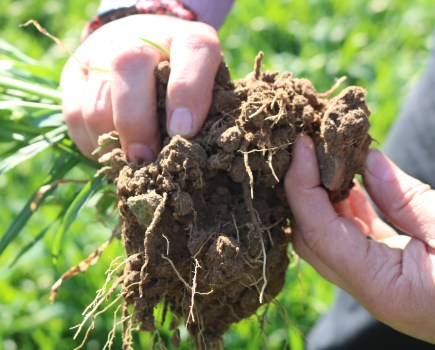
Think before rushing in to drill winter wheat after the early harvest and now we’ve had rainfall, farmers are being urged. CPM finds out why below.
With large areas of land harvested much earlier than normal, and soil moisture levels improved, growers will be itching to drill empty fields, says Nick Myers, head of crop production for agronomy firm, ProCam. But on farms suffering from blackgrass, there’s a compelling argument for holding back, he stresses.
“Low blackgrass seed dormancy after the hot, dry summer might increase the temptation to bring drilling dates forward – because a bigger proportion of this year’s shed blackgrass seed is predicted to germinate earlier. But resist that temptation,” Nick urges.
“The later you can safely delay drilling, the less blackgrass you’ll have emerging in the crop, and the less blackgrass seed will potentially be shed back to the soil next summer.
“Instead of viewing this as an opportunity to drill earlier, think of it as an opportunity to make worthwhile inroads into reducing blackgrass populations for the long-term.”
On farms where delayed drilling has already been practiced for a few years, blackgrass levels have already started to decline, Nick acknowledges it might be particularly tempting to edge drilling earlier again this year. But, he says, this could undo some of that good work. “Some blackgrass will inevitably germinate later anyway,” he adds.
“Obviously, you have to assess how late you can drill based on your farm situation. If you can’t delay all fields, at least delay those with the highest weed burdens.”
To help growers navigate through delayed autumn wheat drilling in blackgrass fields, Nick suggests a five-point plant:
1. Leave stubbles undisturbed as long as possible. That way you’ll allow longer for blackgrass seed on the surface to germinate, but also longer for it to be eaten by predators. Only disturb the soil at the point of having to prepare the seedbed.
2. Avoid using inversion tillage (ploughing) if possible. The longer you can leave buried blackgrass seed underground, the more of it will rot away.
3. Prepare high quality seedbeds. These will stimulate the maximum amount of blackgrass to germinate before planting the crop. That way, even more blackgrass can be killed off in a stale seedbed. Good seedbeds will also produce better performance from soil-acting herbicides, he notes.
4. Depending on farm situation, consider delaying drilling until well into October. October-drilled wheat generally contains much less blackgrass than September-drilled. Also, information from ProCam’s 4Cast crop database showed winter wheat yield hadn’t declined despite average drilling date being delayed from 2 October to 12 October between the harvest seasons of 2011 and 2017. Most likely this was because any yield penalty from later drilling was offset by crops containing less blackgrass.
5. Adapt agronomy according to later drilling. Select wheat varieties that can compensate for later drilling through greater tillering, and that are flexible with regard to drilling date. The variety might be 1 or 2% lower yielding on paper, but you could end up with a better crop. Also, take steps to maximise establishment, for example by using a seed treatment shown to produce rapid establishment.
“As well as helping against blackgrass, delaying drilling can also help against ryegrass, and help to reduce take-all, eyespot and lodging pressures in winter wheat,” says Nick. “It can also help reduce the risk of BYDV because there are likely to be fewer aphids about.
“Moister soils with later drilling will also improve the uptake of residual herbicides by weeds, while colder soils will mean residual herbicides are broken down more slowly, so they last longer.
“That said, do balance delayed drilling with allowing enough time to prepare the land and enough time for post-planting activities, such as spraying,” he adds, “before the weather closes in.”




